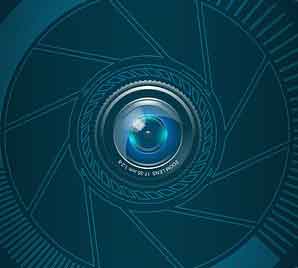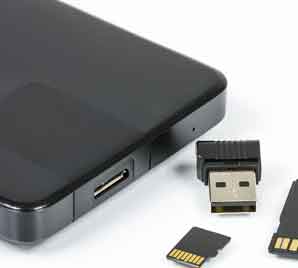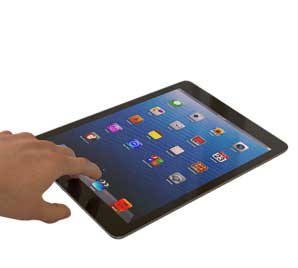All you need to know about Fiber Optics, Uses and Types
About Fiber Optics
What’s so great about fiber optics? Well, they are the best and easiest way to get your data and information transferred. Through the years it has gone rapidly and has now become the most demanding installation to be done for countless companies. It is not only limited to the business uses but also for personal and can be done in houses.
However, before we go any deeper into the whole idea of fiber optics. It is best to have a full understanding of what fiber optics are and why they are highly demanded in the past few years.
Fiber Optics
Fiber optics are made up of either glass or plastic strands that are fairly thin (usually compared to a hair strand). The fiber strands are less thick than an average human strand would be, varying with the amounts of strands that are within them from as little as two to at least several hundred strands.
Read Also: How optical fiber cable was created
The core is the center of the cable, within that parameter it would act as the pathway that guides the light to travel forward.
The next layer is the cladding, which is made from glass in which it would reflect the light. It is the layer that would cause the light to bounce around. For the reason of avoiding losing signal or even the light slipping through the cable on the bent areas.
Fiber Optics Cables
There are two foremost kinds of fiber optic cables, it is single-mode and multi-mode fiber. We will go more into detail about what exactly are both modes are and pointing out the difference between them.
As previously mentioned, fiber optics are a highly demanded solution in various fields that require the utmost best systems and security. Use of fiber optics can be found in use in areas that would probably not cross your mind.
They can usually be found applied for telecommunication systems that apply toward global networks as well, or even desktop computers. The fibers would transfer high capacity data around that through regular copper cabling would take prolonged to process. Whereas the use of fiber cabling would do the job in “light speed”.
Transferring files such as voice data, video, and such files, the files could be transferred as far as less than a meter and around a few hundreds of kilometers. That is using one of the standard designs that are used for fiber cabling designs.
See Also: Laser Cutting – Fast and Affordable New Laser Technology
Apart from telecommunications, fiber cabling can be found being used at multinational firms as they would require the use of a reliable system and feel more secure to transfer confidential files between buildings and to transfer worldwide.
Also, television companies would use fiber for the reason being of delivering the digital video and data, as the high bandwidth that fiber optics provide is the best choice for transmitting broadband signals through HDTV (high definition television).
Brief Fiber Optics History
Having a brief introduction into the history of fiber optics and when were they introduced to the world and were used. Dating back to over 40 years ago, fiber optics were 1st installed in Chicago, IL, the USA in mid-1976 for the Research and Development Labs. Soon after that, in the old 1980s, the fiber cables were connected to all the major cities on all coasts.
Through time during the middle of the 1980s, fiber began escalating rapidly and was used in all directions. Replacing all the uses of telco copper, microwave, and satellite links. Which later on fiber was introduced in the markets for phone and internet services? This way they had now been used in multiple markets and showed no signs of developing.
Eventually, other applications from aircraft, ships, CCTV, hospitals and so much more have used fiber optics. As they found it the most reliable solution to date. As of now, over 80% of long-distance data transferring is done through the use of fiber optic cabling.
Different Modes
Since getting a brief history of the origins of fiber optics, but going back to both single-mode and multi-mode is, we will have to break it down to have a valid understanding.
As we already know, the light gets carried along through the fiber which is called modes. It has simply the path that the light follows down the fiber.
One mode would be for the light to go simply straight down the path of the fiber. The other would be for it to bounce around down the fiber but at a shallow angle. Some other modes would also bounce, but in different angles for some less or steeper than the other.
Single-Mode
The basic and simplest model for a fiber optic would be the single mode. Having a fair thing core that would be 5 to 10 microns in diameter (millionths of a meter). In this mode, the light (all signals) moves directly down the center of the fiber and would not bounce on the edges.
Certain industries are known to use this mode, from cable TV, the internet, and telephone signals. They all use a single-mode fiber as they can send information for over 100km.
Multi-Mode
As for the multi-model fiber, they are 10 times bigger than a single-mode cable. That would cause the light being able to travel through the core is not one a single path, but multiple paths, which is why it is called multi-mode.
The downside to the multi-mode cables would be how the information that is being sent does not reach very far. As it can send over short distances. Therefore, they are used to linking computer networks together and many other scenarios.
I am sure if you were trying to install fiber optics. You could find the right companies in your region that could explain fiber optics. So what the best options for you to use would be. Simply searching what you have in mind may direct you in the right direction.






